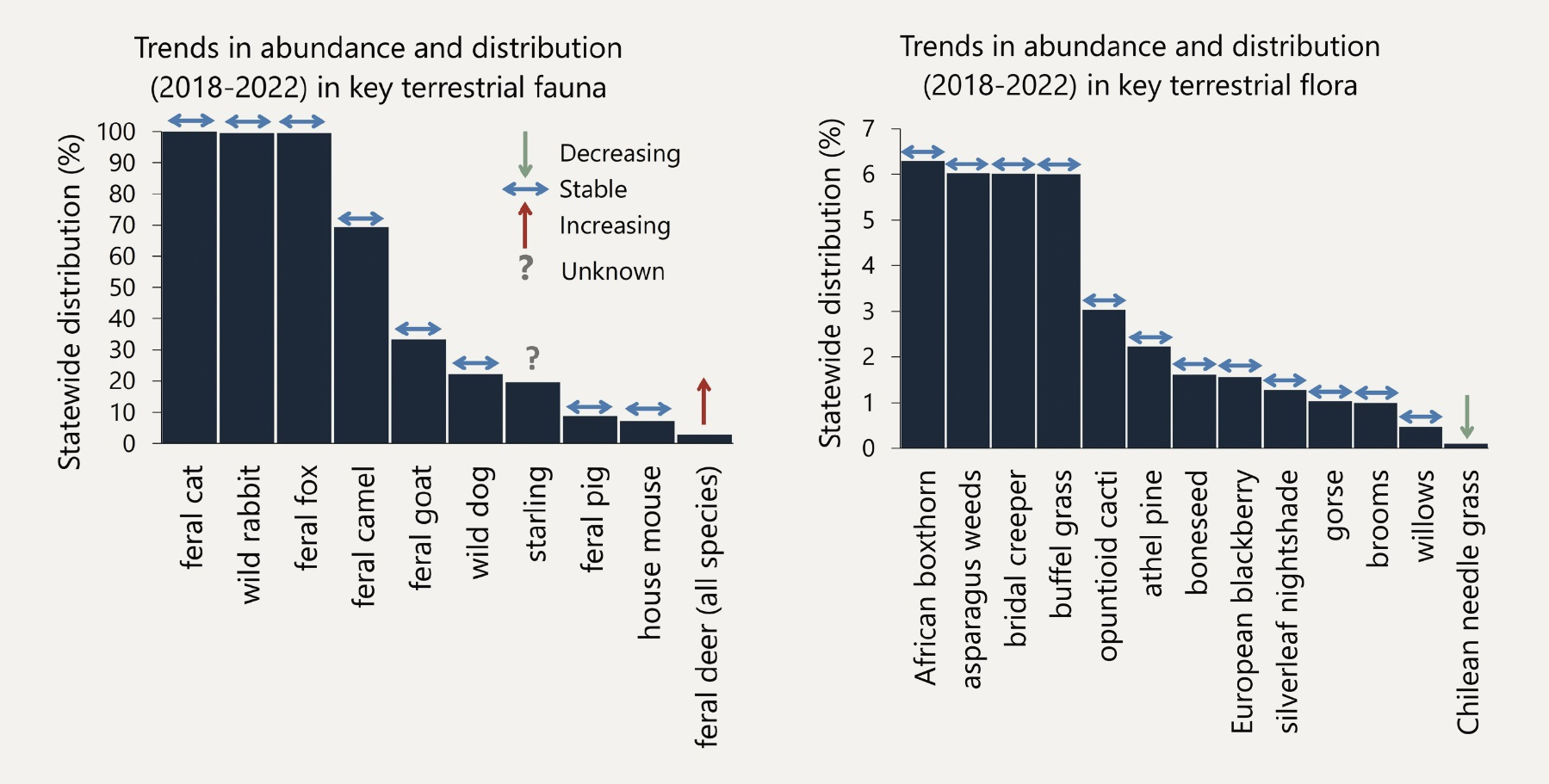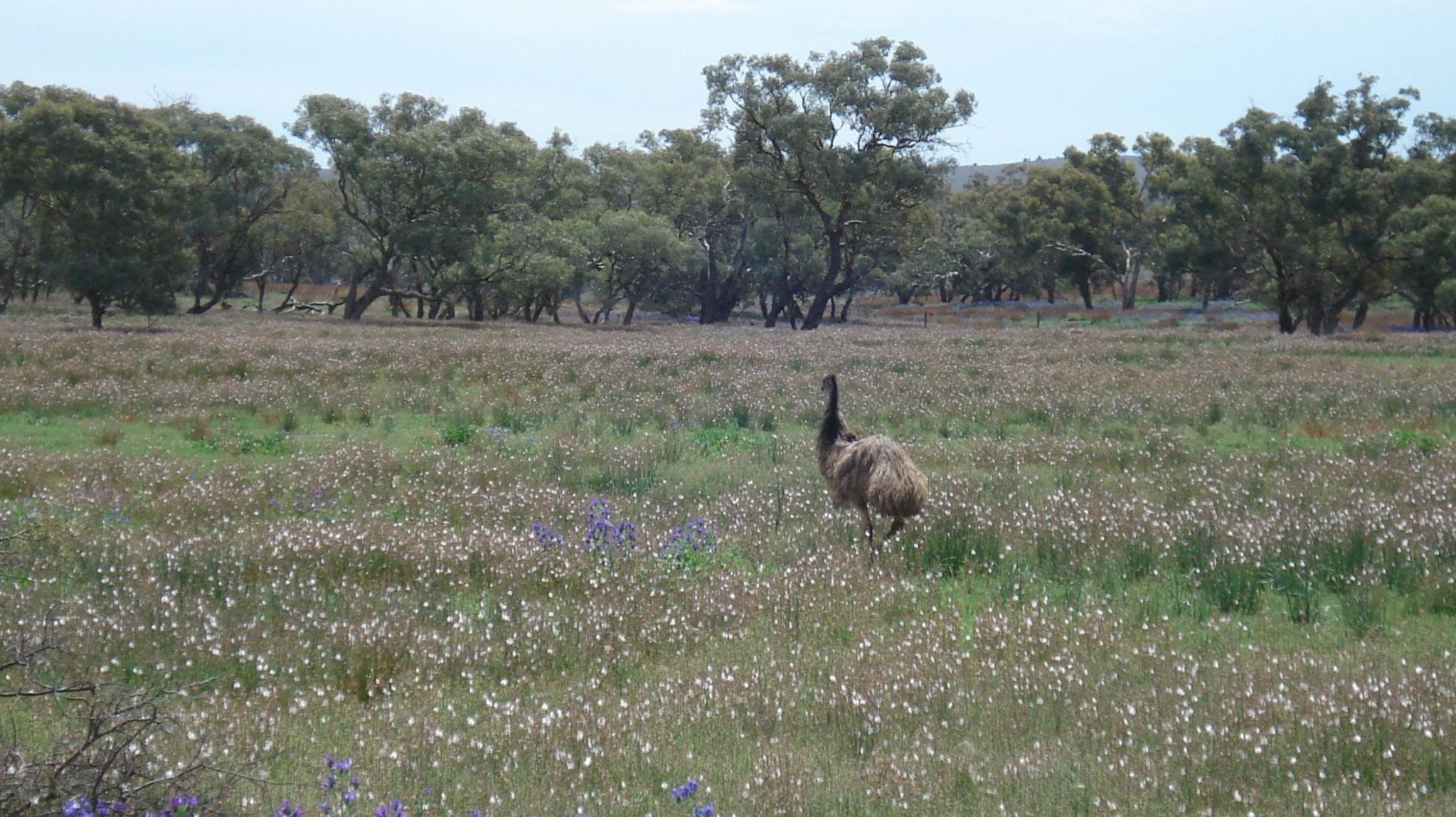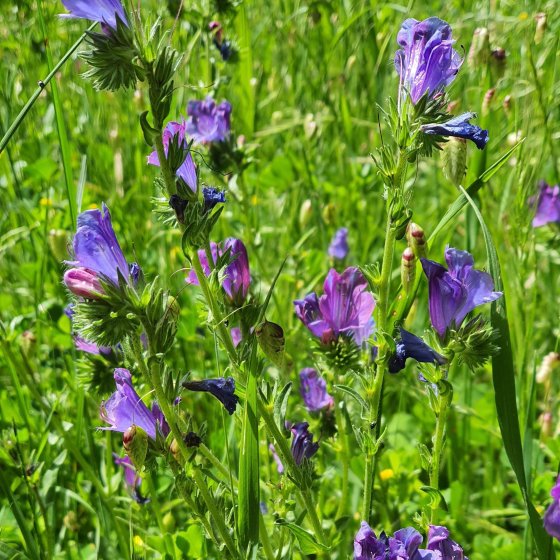- Home
- Environmental Themes
- Land
- State of Our Land
- Invasive Species
Invasive Species
Invasive species can kill or outcompete native plants and animals, livestock, crops and pastures, and spread disease. They can also impact the structure and function of ecosystems and biodiversity. Therefore, it is important that appropriate controls are in place to minimise spread and prevent new incursions of pests and diseases.

Many pest animal species numbers in South Australia have remained stable, except for deer that are increasing in number across several landscape regions, including Limestone Coasts, Hills and Fleurieu, Murraylands and Riverland, Green Adelaide, Eyre Peninsula and Northern and Yorke. Chilean needle grass is the only weed species that is decreasing across the state.


In 2022, 7 incursions of non-established weeds and 34 incursions of non-established pest animals were reported in South Australia, with more than half the reports being for birds. It is unknown why the incursions since 2019 have been increasing. However, they could be the result of implementing targeted campaigns for the reporting of certain invasive bird species in 2021 and 2022, or incursion numbers may just be increasing.
Prevention, early detection and intervention regarding new incursions is an important strategy for managing pest species as it is the most cost effective. Since the 1960s, invasive species have cost Australia more than $390 billion in impacts and management. Each year, landholders spend substantial amounts of time and money on weed and pest animal control.
Department of Primary Industries and Regions (PIRSA) coordinates the management of animal and plant pests and diseases in South Australia. PIRSA is currently developing new biosecurity legislation to improve protection against pests and diseases.
The Landscape South Australia Act 2019 also provides the framework for managing pest plants and animals, and biodiversity across the state and supports the work of 9 Landscape Boards. It was introduced on 1 July 2020 and replaced the Natural Resources Management Act 2004.

